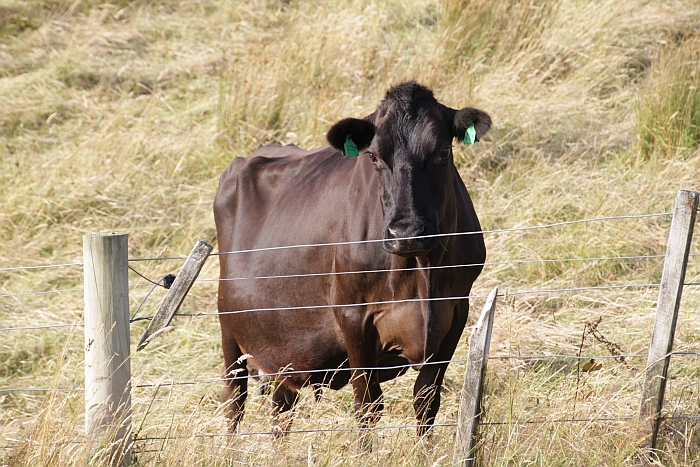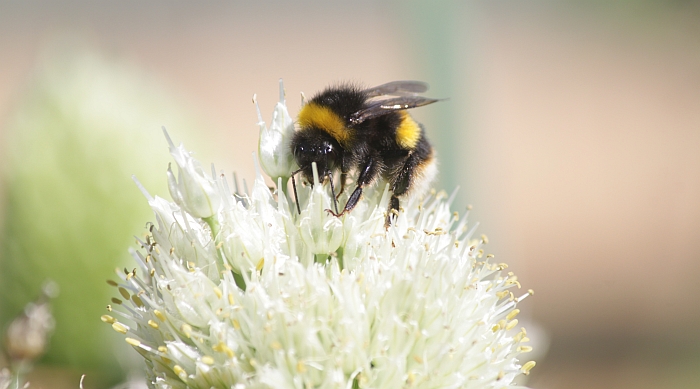What makes you think that?
0
Overview
Using this Resource
Connecting to the Curriculum
Marking Student Responses
Working with Students
Further Resources
This task is about using information in a picture to work out how big things are.
Task administration:
This task can be completed online or with pencil and paper. If students do the task on paper they could work in pairs to compare their ideas and decide on which idea/s provide the best evidence.
Copyright:
All images copyright to PhotoKete are used with permission and can be freely used for educational purposes in New Zealand Aotearoa.



Levels:
1, 2
Curriculum info:
Keywords:
Description of task:
Task: Make careful observations of objects in a picture to assess the size of one of the objects.
Curriculum Links:
Science capabilities
The capabilities focus is brought about by the conversations students have and the questions they ask.
Capability: Gather & interpret data
This resource provides opportunities for students to make observations in order to answer questions about relative size/measurement.
Science capability: Gather and interpret data (TKI)
This resource provides opportunities for students to make observations in order to answer questions about relative size/measurement.
Science capability: Gather and interpret data (TKI)
Capability: Using evidence
This resource provides opportunities for students to discuss and build explanations about teh data that provides evidence for the conclusions drawn.
Science capability: Use evidence
This resource provides opportunities for students to discuss and build explanations about teh data that provides evidence for the conclusions drawn.
Science capability: Use evidence
Science capabilities:
Answers/responses:
| a) Yes |
Any explanation that compares the size of a known object to an unknown one, e.g.,
|
| b) Yes |
Any explanation that compares the size of a known object to an unknown one, e.g.,
|
| c) No |
Any explanation that compares the size of a known object to an unknown one, e.g.,
|
Based on a sample of 76 Year 1 and 2 students completing the assessment online.
Teaching and learning:
The key ideas in this resource are about:
- making careful observations of objects in a picture to assess the size of one of the objects, and
- giving an explanation that clearly describes the evidence used to make a decision.
Diagnostic and formative information:
| Questions | Student explanations |
| a) Sienna says the bird in the picture is small. Do you agree with Sienna? | Students were able to recognise a sense of scale when both objects were familiar and small e.g., a hand size. Nearly all of the students said the bird was small. |
| Why do you think this? |
Just under half of students who answered this question compared their knowledge of the size of one of the objects to the other object, e.g.,
However some students just gave an opinion without giving a comparison, e.g.,
Or they made an inference, e.g.,
|
| b) Maia says the cow in the picture is big. Do you agree with Maia? | Students were able to recognise a sense of scale when both objects were familiar and large e.g., a fence and a cow. Nearly all of the students said the cow was big. |
| Why do you think this? |
Half of the students who answered this question compared their knowledge of the size of one of the objects to the other object e.g.,
Or they used a measurement or near and far as a scale, e.g.,
However many students just gave an opinion or used their prior knowledge without giving any evidence, e.g.,
|
| c) Jayden says the bee in the picture is large. Do you agree with Jayden? | Students were able to recognise a sense of scale when both objects were familiar and one object was much smaller than the other. Nearly all of them said the bee was small. |
| Why do you think this? |
Half of the students who answered this question compared their knowledge of the size of one of the objects to the other object, e.g.,
Or they used their own form of measurement or near and far as a scale, e.g.,
However many students just used their prior knowledge without giving any evidence, e.g.,
|
Based on a sample of 76 Year 1 and 2 students completing the assessment online.
Next steps:
The first part of each question in this assessment is about the capability of gathering and interpreting data. Here students are asked to make careful observations of objects in a picture to assess the size of one of the objects. The second part of each question is about the capability of using evidence. Here students are asked to give an explanation that describes the evidence they used to make their decision.
Capability: Gather and interpret data
An important component of this assessment is to make observations about relative size/measurement.
To help students to assess the size/ relevant measurement of objects give them opportunities to make comparisons about relevant sizes or measurements in a range of objects. A good strategy is to share observations of measurements, so they build on others' ideas. Things they could look for:
- Can they use non-standard units to measure, e.g., hands, feet, blocks?
- Can they find different ways to measure something, e.g., viewing objects that are far or near?
- Can they make a comparison of one object against another and then vice versa, e.g., objects in the playground, classroom etc?
Capability: Use evidence
Science is a way of explaining the world. What sets scientific explanations apart from other ways of explaining the world is their reliance on evidence and their ability to evolve as new evidence comes to light.
To help students develop good explanations about what evidence is, give them opportunities to share and discuss their ideas. Things they could look for:
- Can they distinguish between evidence and inference, e.g., what they can see (bird in a hand) rather than what they think/infer (the bird is a baby)?
- Can they make comparisons in their explanations by using cause and effect language (e.g., because, so, therefore, because of this)?
Maths Measurement links:
In Maths students use their prior knowledge about the height/length/weight etc of objects to make comparisons.
Level 1: Order and compare objects or events by length, area, volume, and capacity, weight (mass), turn (angle), temperature and time by direct comparison and/or counting whole numbers of units.
Other Science resources about observation at Level 1:

